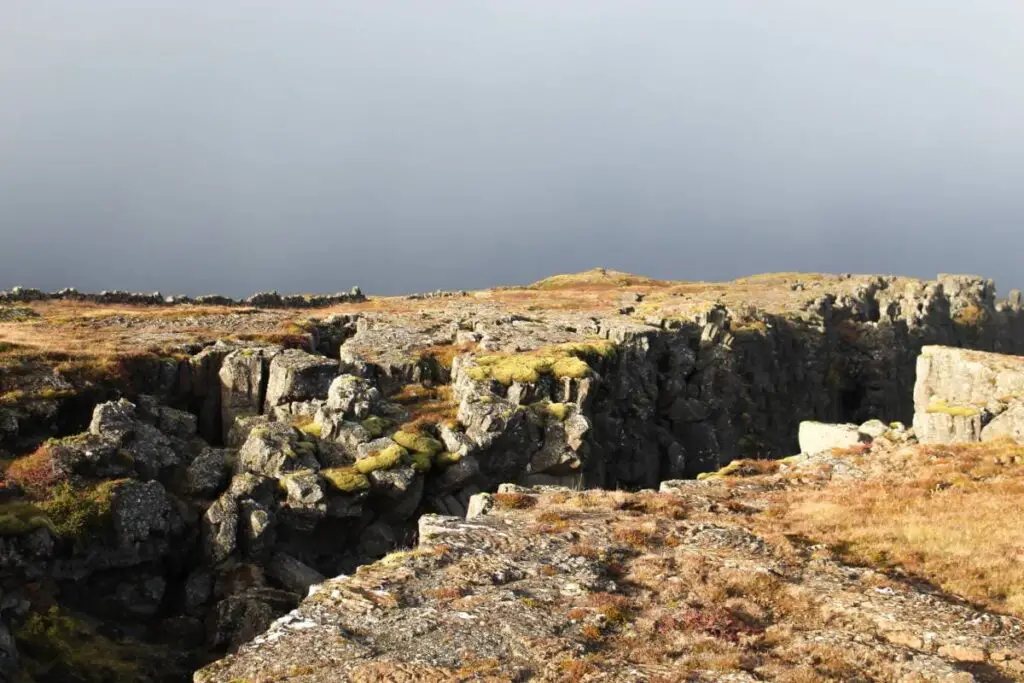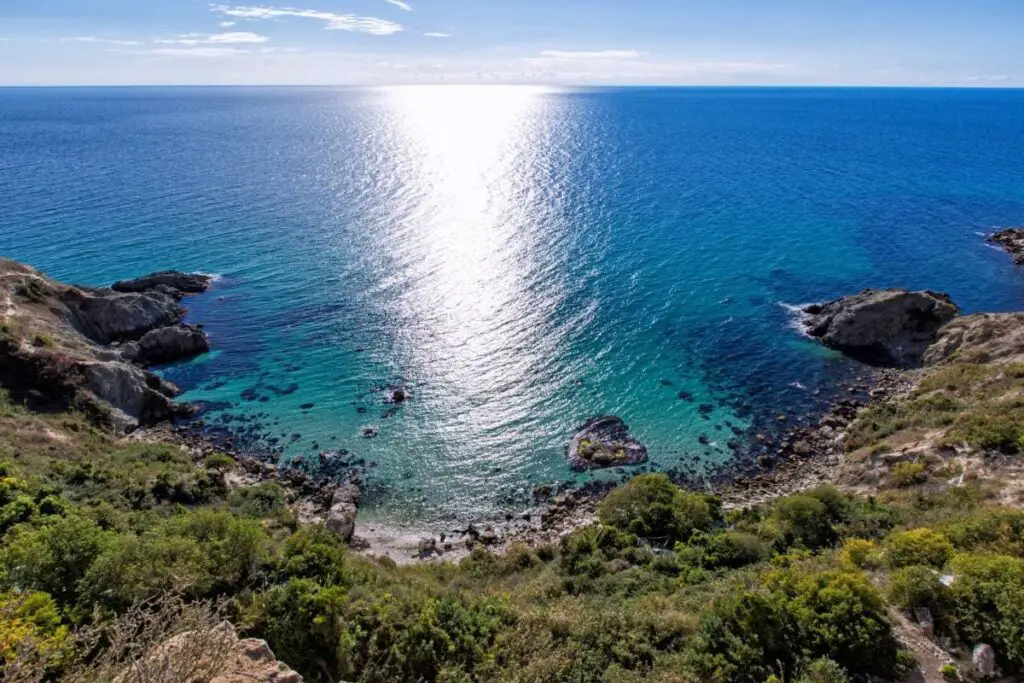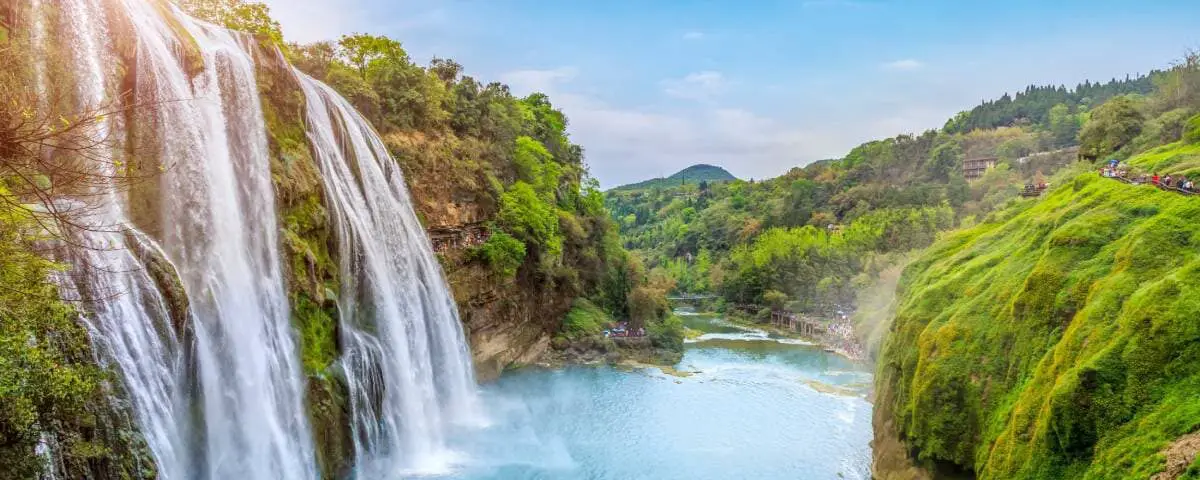Experts constantly tell us about the harmful effects of human activity on the natural environment. We listen but do we hear what they are saying? And are we onlookers while others take action to curb the consequential devastation of our planet. As you are reading this I assume you want to gain a better understanding of the natural environment and why it has to be in balance so mankind can survive. – So, first, what is the natural environment?
In this article we address the question. And then we break down its components and explore the physical, chemical, and biotic influences. Influences that impact the various ecological units and shape the environment at large.
The natural environment underpins the survival of life on earth. It comprises two components.
- ecological units that act as natural systems, independent of human interference, and
- universal natural resources and physical phenomena that act upon these units.

Earth Science and the Natural Environment
The study of the natural environment falls under Earth Science or Geoscience. It is a branch of the sciences that deals with the interdependence of earth’s four spheres.
- lithosphere
- hydrosphere
- atmosphere
- biosphere
These four spheres are the domains of the Natural Environment. They expand on the two key components.
- The ecological units and
- the universal natural resources and physical phenomena.
The lithosphere (solid), hydrosphere (liquid), and atmosphere (gas) comprise the physical components of the natural environment. The biosphere encompasses the biological aspect.
In the following sections, we take a closer look at each of the four domains. We learn how they independently and collectively function to foster a habitable environment necessary to support life on earth.
Activity in the Lithosphere and Tectonic Plates
The lithosphere is the planet’s outer rocky shell. It runs 60 miles (100 km) between the outermost layer of the earth’s upper mantle and it’s crust. We call the layer between the lithosphere and the upper mantle the asthenosphere.
The word lithosphere comes from the Greek words líthos, which means rocky, and sphaíra, which means sphere. It’s a fitting term for the first of the earth’s four spheres which the other three build on.
There are two types of lithospheres, namely the oceanic lithosphere and the continental lithosphere. The former exists in the ocean basins. The latter is the bedrock of the continental shelves. And the oceanic lithosphere is denser than the continental lithosphere.
Tectonic Plates
The lithosphere is divided into tectonic plates or lithospheric plates. They range from massive continental-sized slabs of solid rock and ocean-sized plates to medium-sized regional plates and many smaller ones.

The Tectonic Plates include:
- The North American plate
- The Caribbean plate
- The South American plate
- The Scotia plate
- The Antarctic plate
- The Eurasian plate
- The Arabian plate
- The African plate
- The Indian plate
- The Philippine plate
- The Australian plate
- The Pacific plate
- The Juan de Fuca plate
- The Cocos plate
- The Nazca plate
200 million years ago, planet earth consisted of one single landmass, the supercontinent known as Pangaea.
But it broke apart.
The enormous sections of land that once made up Pangaea drifted away from each other over the next couple of hundred million years. Today, they take up their positions in the areas of the globe to form that familiar image we see on the map of the world.
Tectonic Activity
In the rift valleys and mid-ocean ridges there is most tectonic activity. These are the points at which the lithosphere is at its thinnest.
Tectonic activity influences the planet’s topography. The movements of the plates create landforms and physical features, from volcanoes and mountains to deep ocean trenches. They also trigger devastating geologic events such as earthquakes and tsunamis.
As already mentioned, the lithosphere extends from the outermost layer of the earth’s upper mantle to the earth’s crust. But deeper within the mantle, the temperatures are higher. And this thermal energy is responsible for the movement of the tectonic plates.
The heat that emanates from the mantle and asthenosphere affects the ductility of the rocks in the lithosphere above. The thermal energy causes these rocks to become more elastic and thus allows for movement between plates.
Tectonic activity usually occurs at the borders between two plates as these enormous slabs collide against each other. These movements exert stress and pressure on the earth’s crust and create faults.
These fault lines are cracks and fissures that are essentially weaknesses in the lithosphere. And in the eventuality of a major geologic event, the deformation of the earth’s crust would be more extensive.
The shifting of tectonic plates may not instantaneously cause perceptible alterations to the earth’s topography and the natural environment. But over millions of years of tectonic activity, the landforms and physical features will be vastly different from what we see today.
The States and Bodies of the Hydrosphere
Approximately 71% of the earth’s surface is made up of water, and 97% of it is salt water.

Water, in general, is a fundamental requisite to support life on earth. And the total sum of it makes up one of the four spheres, the hydrosphere.
Hydrosphere comes from the Greek word for water. True to its name, it accounts for all the forms of water in the natural environment. Whether on the surface of the planet, in freshwater and saltwater bodies, beneath the surface as underground water in aquifers, or in the atmosphere as rain and snow.
The Three States
This element of the hydrosphere is present in either of three states – liquid, vapour or gas, and ice. In any one of these forms, the water interacts with the other spheres and makes vital contributions to the natural environment.
- Liquid – The water of the hydrosphere in the liquid state is mainly found on the surface of the planet, in the large saltwater bodies of seas and oceans, and the less expansive freshwater bodies, such as rivers and lakes. Groundwater is present beneath the surface in layers of rock in the earth known as aquifers.
- Vapour or gas – Clouds and fog are the best examples of water vapour. But although they are still water in this state and make up part of the hydrosphere, they’re considered by some to be part of the atmosphere.
- Ice – Water in its frozen form in the hydrosphere is most notable as the massive icebergs and glaciers or the ice caps that crown the summits of mountains. These frozen elements of the hydrosphere are also known by a special term, the cryosphere.
All the water on the planet in its different states and from its different sources is constantly in flux. And it generally follows flow and storage processes in what is known as the water cycle.
The Water Cycle
The hydrologic cycle, more commonly called the water cycle, is essentially the movement of water through the hydrosphere. Different types of movement comprise this cycle and they are punctuated by three main steps:
- Evaporation – Liquid water on the earth’s surface is warmed by sunlight causing the molecules to move at a faster rate until they eventually escape in a gaseous state. Water vapour then rises into the atmosphere, where it waits for the next step in the cycle.
- Condensation – The evaporated molecules of water vapour cool down enough as they rise higher into the atmosphere where temperatures are lower. The water vapour then returns to its liquid state and gathers with other water molecules to form clouds.
- Precipitation – The water molecules in the clouds condense to form molecules of water that fall onto the surface of the earth when they become heavy enough. This precipitation can fall in liquid form such as rain, solid or frozen form as hail, sleet, or snow, and in vapour form such as fog and mist.
It’s also worth highlighting that the first step, evaporation, is crucial in support of life. When saltwater evaporates, the salt is left behind. Only the water escapes into the atmosphere, so what condenses then precipitates as freshwater that can sustain both animals and plants.
This water cycle has repeated for millennia, thereby ensuring the perpetuation of the hydrosphere and the natural environment as a whole.
The Different Levels of the Atmosphere
Of all the four spheres, perhaps the one most likely to be mentioned is the atmosphere, albeit not necessarily in its full scientific splendour.
The word atmosphere has become a regular enough part of most vocabularies. People often use it to refer to the air, which word comes from the Greek atmos, meaning air.
The atmosphere is layers of gasses that surround planets and other celestial bodies. They are held in place by gravitational pull.
Our planet’s atmosphere comprises five different layers extending 10,000 kilometres (6,214 miles) from the earth’s surface or lithosphere to the borders of outer space. Each layer is distinct from the others in its composition and function.
- Troposphere – This is the lowest level of the atmosphere at 7 to 15 kilometres (5 to 10 miles) from the earth’s surface. It contains 80% of the planet’s air and is the level at which all the earth’s weather takes place.
- Stratosphere – This extends 50 kilometres (30 miles) from the topmost point of the troposphere. The protective ozone layer absorbs most of the harmful ultraviolet light from the sun, and is found in the stratosphere.
- Mesosphere – At 85 kilometres (53 miles) above the surface, it’s the coldest layer of the atmosphere, with hardly any breathable air at this level.
- Thermosphere – Satellites revolve around the earth at this level of 600 kilometres (372 miles). Temperatures here are very high, reaching around 2,000°C (3,600°F).
- Exosphere – This is the final boundary before crossing into outer space. It’s the highest point of the atmosphere and also the highest point on earth.
The Biomes of the Biosphere
The biosphere encompasses all the different parts of the planet that have life, from the depths of the oceans, through the breadth of the forests to the summits of the mountains. Anything and everything in between that holds life falls under the banner of the biosphere.
Unlike the lithosphere, hydrosphere, and atmosphere that occupy specific physical regions on land, water, and air, the biosphere has no fixed location because life occurs in all three of these spheres.
The approximate range of the biosphere is 20 kilometres (12 miles). From the top surface of the lithosphere down to the depths of the ocean trenches.
However, most biotic factors live in the aquatic region 500 metres (1,640 feet) below the ocean’s surface and on land at an altitude of 6 kilometres (3.75 miles) above sea level.
A fundamental unit of the biosphere is the biome. Biomes are vast areas that support similar plants and animals that have evolved or adapted to the regional climate.
There are five major types of biomes. These are:
- Aquatic
- Grassland
- Forest
- Desert
- Tundra
Each of these types of biomes has wildlife and vegetation that are peculiar to these specific regions. They are well adapted to their environment in terms of the diet available and their bodies’ ability to cope with the climate.
These five biomes only represent the major types and more or less just provide an overview of the variations out there. And they can be further broken down into additional categories. That would give a more accurate picture of just how diverse life on this planet is.
Final Thoughts
The earth depends on disparate systems known as spheres to function interdependently on each other and foster a natural environment that can flourish.
These spheres—the lithosphere, hydrosphere, atmosphere, and biosphere—follow natural cycles independent of human intervention.
But humankind affects the planet. And as the imbalances in the components of the natural environment grow greater, we need to understand the effect we are having and how we can help earth back into balance. Above all, we need to understand the environmental history of the world.

